Zuko and Azula trade a characteristic in the final Agni Kai that proves how nuanced the ‘Avatar: The Last Airbender’ was.
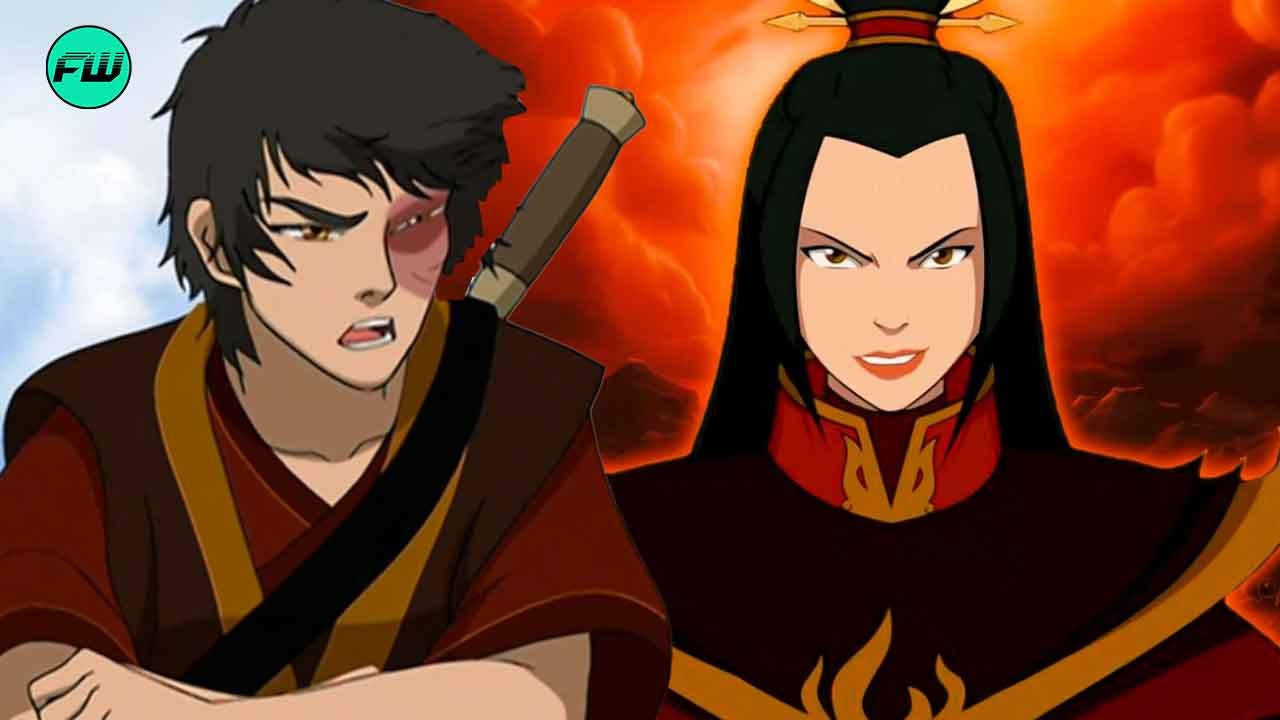
Avatar: The Last Airbender fans know the animated series is chock full of details that could go unnoticed on the first watch. The critically acclaimed 3-season fantasy action show takes us through the journeys of characters whose arcs are well-executed, memorable, and a masterclass in story-telling.
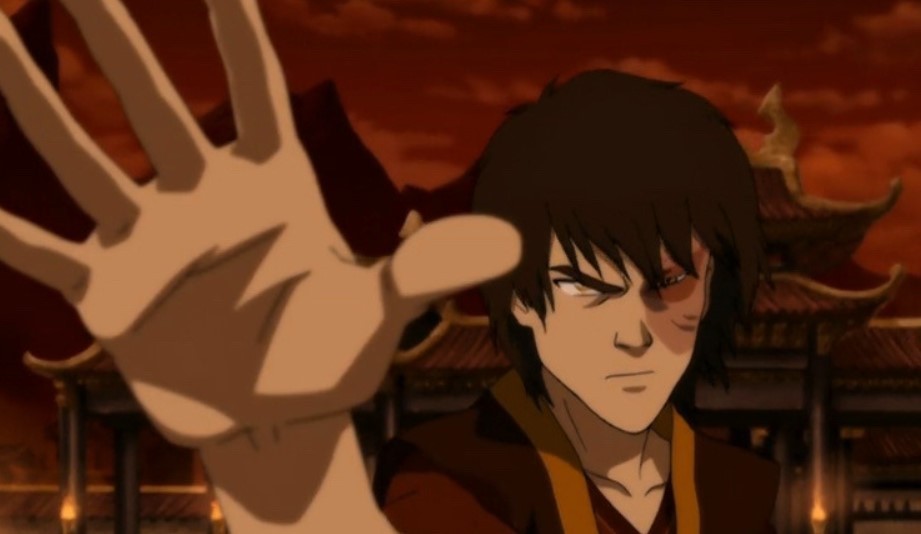
Amid this ensemble, Zuko, the exiled prince of the Fire Nation, goes through a profound journey of personal growth, evidenced not only through the changes in his heart and perspective but also by his firebending. And this becomes glaringly obvious in The Comet-Enhanced Agni Kai between Zuko and sister Azula.
However, Zuko’s shift in firebending—previously characterized by angry grunts—could be traced back to the Book Three: Fire episode “The Firebending Masters” long before the climactic battle between the two siblings illustrated the disparity in their personalities, who ultimately became foils to one another.
How Zuko Stopped Grunting While Firebending In Avatar: The Last Airbender
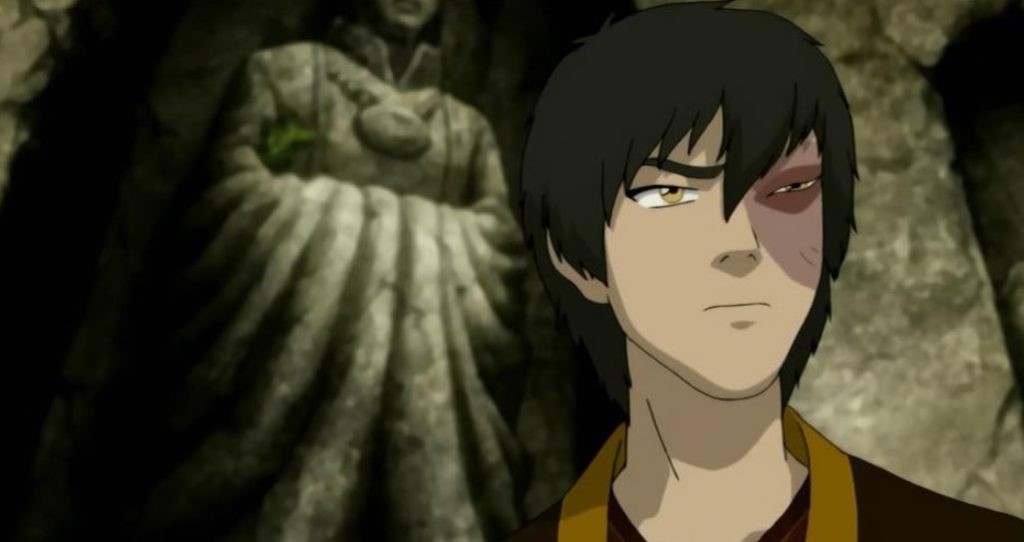
As some Avatar: The Last Airbender viewers have suggested in fan forums, and as this YouTube video demonstrates, Zuko’s firebending undergoes a subtle change, evidencing his character development. Not only does he become a formidable opponent, but this change contrasts with Azula during their Agni Kai in Sozin’s Comet, Part 3: Into the Inferno.
Previously, when Zuko would firebend, it’d be accompanied by grunts, showing he drew it from a place of anger and destruction. However, as noticed by many, this changes from the episode The Firebending Masters, when he learns the true meaning (and form) of firebending after learning from the dragons —Ran and Shaw.
Previously, Uncle Iroh had also told Zuko, “Power in firebending comes from the breath. Not the muscles,” when the latter used to put emphasis on rage and physicality when firebending.
In incorporating these lessons into his approach, Zuko changes from an often sloppy, impulsive fighter to someone more composed, calm, and collected. This becomes a sign of his true strength and nearly gives him the upper hand against an erratic, unstable Azula in their final confrontation.
How This Change Gave Meaning To The Last Agni Kai Between Zuko And Azula
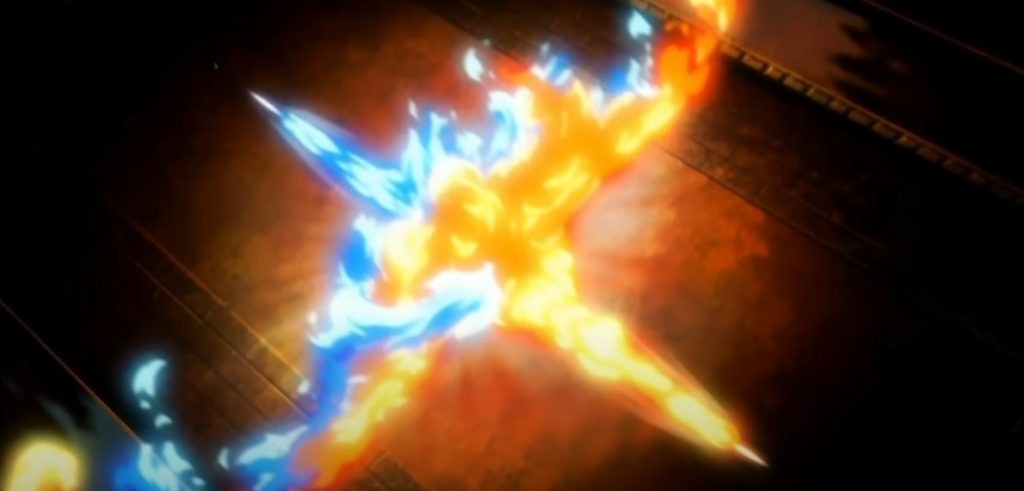
In Sozin’s Comet, Part 3: Into the Inferno, as Azula’s coronation as the Fire Lord is interrupted by Zuko, we see the latter assure Katara that this time, he can defeat his sister as he could sense that she was ‘slipping,’ that her mental state was deteriorating.
And he would be right. For the first time—in contrast to their initial encounters where she’d maintained her calculated, controlled disposition—Azula appeared desperate and frantic, her firebending fueled by negative emotions. This showed her clear devolvement.
Meanwhile, Zuko, who in the past proved disadvantaged due to drawing from anger and impulsivity, could now center himself, remain grounded, and even match the likes of Azula, a firebending prodigy, among the most powerful characters in the series.
But what drove home the significance of the showdown was when Azula started grunting instead. Her collected demeanor shifted. She lost control. And as the fight inched to its conclusion, she even got exhausted. This showed the contrast between Azula’s devolution and Zuko’s evolution: they had traded places.
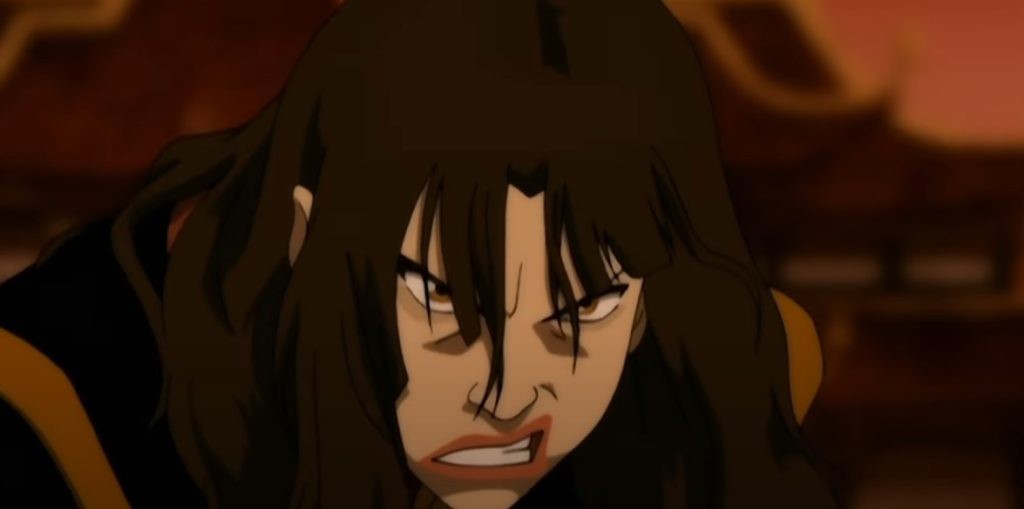
It was Azula who now turned to destructive emotions, desperation, and wrath, whereas Zuko had done so in the past.
Here, the banished prince stuck to honoring the true meaning of firebending; it represented life and energy, not anger. And that’s how he nearly had the upper hand in the Agni Kai. And while the fight culminates in Zuko taking a bolt of lightning meant for Katara, this sacrifice ultimately plays into his character arc.
On the other hand, Azula ends up bested, as her hubris becomes her Achilles heel.
It’s a sequence that lives on in Avatar fans’ minds for ample reasons, really. However, this small detail—Azula’s erratic, unstable grunting—proves to be one of those elements carefully constructed and meticulously worked in. After all, these were the finer points that set the animated series apart from its many contemporaries.
With Netflix’s recent live-action adaptation garnering mixed reception and failing to honor the legacy of the original, it’s these characteristics of the animated show that people look back on fondly. For those who intend to revisit what made the series such a marvel to witness, Avatar: The Last Airbender (2005-08) is available for streaming on Netflix and Paramount Plus.





